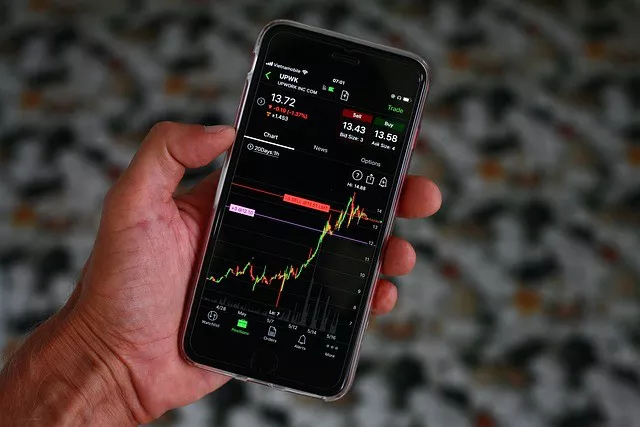Investing in silver can be a lucrative venture, offering a hedge against inflation and diversification within your investment portfolio. However, knowing when to sell silver is just as crucial as knowing when to buy it. Timing your silver sales effectively can significantly impact your returns. In this comprehensive guide, we will explore key factors to consider when deciding to sell your silver, ensuring you make informed decisions and maximize your investment gains.
-
Understanding the Market:
To make informed decisions about selling silver, it is essential to understand the dynamics of the silver market. The price of silver is influenced by various factors, including supply and demand dynamics, economic indicators, geopolitical events, and investor sentiment. Keep a close eye on market trends, study historical price patterns, and monitor news related to silver to gauge the overall market sentiment.
-
Setting Financial Goals:
Before deciding to sell your silver, it is crucial to define your financial goals. Understanding your objectives will help you determine when it is the right time to exit your investment. Consider factors such as desired returns, time horizon, and risk tolerance. If you have achieved your financial goals or if other investment opportunities offer better prospects, it may be a suitable time to sell your silver holdings.
-
Monitoring the Silver-to-Gold Ratio:
The silver-to-gold ratio can provide valuable insights into the relative value of silver compared to gold. Historically, the silver-to-gold ratio has often fluctuated, indicating potential buying or selling opportunities. A higher ratio suggests that silver may be undervalued compared to gold, making it an opportune time to sell and potentially switch into gold or other investments. Stay updated on the silver-to-gold ratio to identify favorable selling points.
-
Assessing Economic Indicators:
Economic indicators can provide important clues about the overall health of the economy, which, in turn, affects the value of silver. Factors such as inflation, interest rates, and currency strength can impact the silver market. If economic indicators suggest a downturn or unstable conditions, selling silver to mitigate potential losses might be a prudent strategy. Conversely, a robust economy with positive indicators might indicate an opportune moment to hold onto your silver investments.
-
Evaluating Technical Indicators:
Technical analysis involves studying price charts, patterns, and indicators to predict future price movements. By analyzing historical price data, you can identify support and resistance levels, trend lines, and other patterns that indicate potential selling opportunities. Popular technical indicators, such as moving averages, relative strength index (RSI), and moving average convergence divergence (MACD), can help confirm your selling decisions based on market trends.
-
Considering Tax Implications:
When contemplating selling your silver holdings, it is essential to consider the tax implications. Tax laws vary across jurisdictions, and the way precious metals are taxed can differ as well. Consult with a tax professional to understand the tax implications of selling silver and ensure compliance with relevant regulations. Being aware of any tax liabilities in advance will enable you to plan your selling strategy effectively.
-
Monitoring Global Events:
Geopolitical events and global economic developments can significantly impact the price of silver. Factors like trade wars, political instability, and natural disasters can create uncertainty in financial markets. Stay informed about major geopolitical events that could influence the silver market. Assess the potential consequences of such events on silver prices and consider selling if you anticipate adverse effects on your investment.
-
Diversifying Your Portfolio:
Diversification is a key principle of investment management. If you have a well-diversified investment portfolio, periodically rebalancing your assets can help maintain your desired risk and return profile. If your silver holdings have grown disproportionately compared to other investments, selling a portion of your silver can help rebalance your portfolio and reduce risk.
Conclusion:
Deciding when to sell silver requires careful analysis of market trends, economic indicators, financial goals, and personal circumstances. Regularly monitoring the silver market, evaluating technical and economic indicators, and staying informed about global events will help you make informed decisions. Remember to consult with financial professionals and consider tax implications before executing any sales. By applying a disciplined approach and considering these factors, you can maximize your returns and effectively manage your silver investments.


